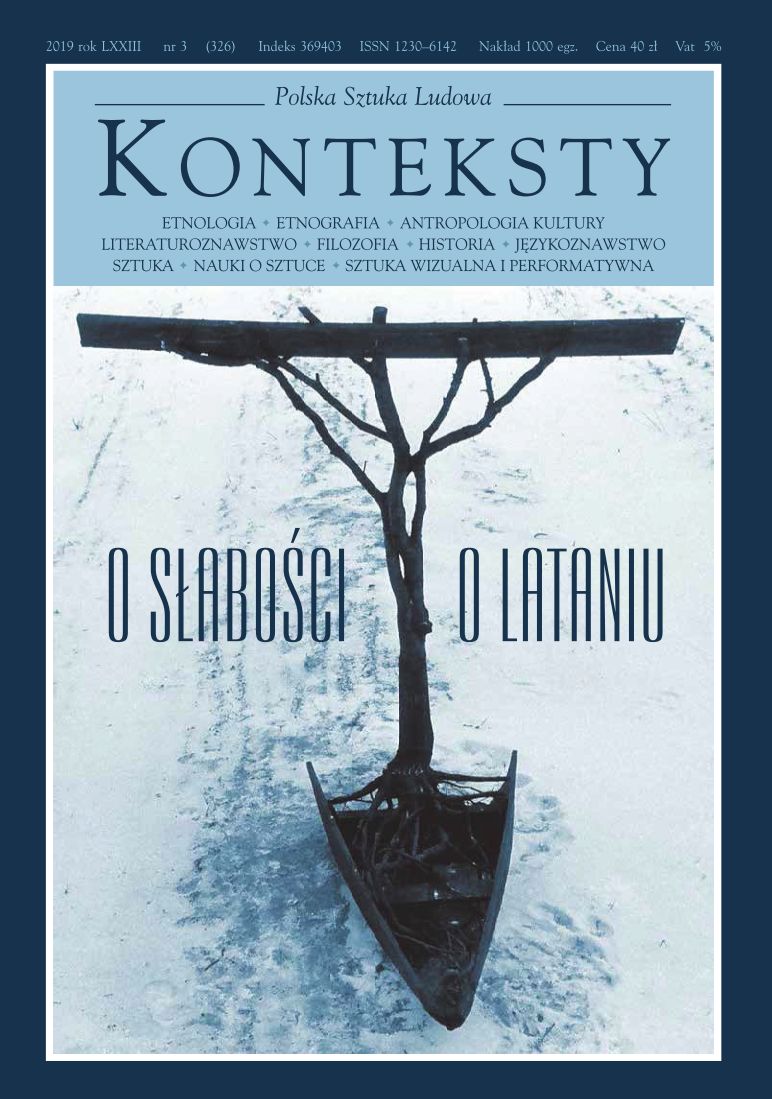Kto słaby, podąża za życiem
The Weak Pursues Life
Author(s): Paweł DrabarczykSubject(s): Fine Arts / Performing Arts
Published by: Instytut Sztuki Polskiej Akademii Nauk
Keywords: Koji Kamoji;Auschwitz;art;anthropology
Summary/Abstract: “I walked across the camp in Auschwitz. I brought back a stone from the railway track. Its presence made it impossible to endure being in the studio”. Thus Kōji Kamoji commented on the circumstances of the origin of Auschwitz Stone (1988). A humble stone - or rather a constellation of several stones - appears also in, i.a. the central part of Hiroshima (1995). In both cases, these are not the immense monoliths to which the aesthetics of monumental loftiness has accustomed us, the sort that usually serve extremely powerful events under whose weight history collapsed. Kamoji’s response to the “powerful” dimension of conventionalized aesthetics of borderline events appears to be weakness, including the one characterising the inconsequential and fleeting material he uses to build installations surrounding the stones: melting stearin changing into smoke and vapour and used for making candles suspended on small nooses with the wicks facing downwards (Auschwitz Stone), or the shadow of a slashed kimono on a wall, as if an afterimage of those who vanished in the nuclear flash (Hiroshima). Those “weak” traces are a sensitive medium in which the unimaginable, which evades the gaze, resonates. Kamoji is a Buddhist although, as is quite natural in Japan, we recognise also numerous Taoist elements in his art. Many works appear to be permeated by the thoughts of Lao Tzu: “A man is born gentle and weak; at his death he is hard and stiff. […] Stiffness is thus a companion of death; flexibility a companion of life”.
Journal: Konteksty
- Issue Year: 326/2019
- Issue No: 3
- Page Range: 70-76
- Page Count: 7
- Language: Polish
- Content File-PDF

